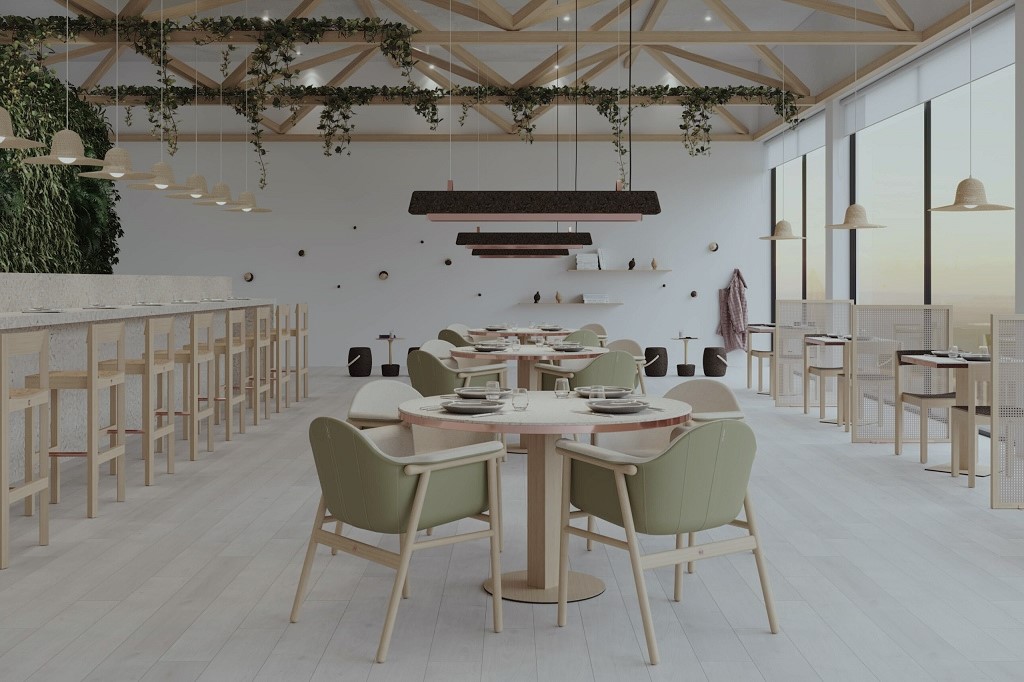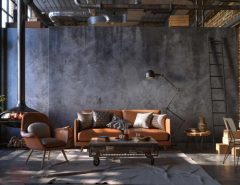The restaurant industry is about more than simply what’s on the menu; it’s about the whole dining experience. And the furniture you choose has a significant impact on that experience. While restaurant furniture has always been about utility, it is now expanding into a realm of customization that extends beyond the basics. In this post, we’ll look at how customizing restaurant furniture may alter your space and provide your customers with a one-of-a-kind and memorable experience.
In recent years, there has been a tremendous trend in the restaurant sector toward personalization in all aspects of the business. This transformation also includes restaurant furniture. It is critical to understand the primary components of restaurant furniture, tables, chairs, booths, banquettes, bar, and counter seating. This is where we begin the path of customization.
The Basics of Restaurant Furniture Customization
Restaurant Furniture Components: Let’s start with the foundation of restaurant furniture. The core of your dining space is made up of tables and chairs, booths and banquettes, and bar and counter seating. Customizing these elements helps you to create a distinct ambiance that corresponds to your brand’s personality and concept.
Material Selection: The materials you choose have a big impact on the look and durability of your furniture. Consider table and chair materials such as wood, metal, or plastic, as well as seat upholstery. Each option adds to the overall appearance and feel of your restaurant.
Color, Finish, and Upholstery Selections: The colors and finishes of your furniture can elicit emotions and set the tone for your business. A rustic wooden finish might give off a friendly, homey vibe, whilst sleek metal and glass can give off a sophisticated, premium vibe.
Maintenance and Durability Considerations: Furniture durability and maintenance are critical in the long run. Customization should also consider how simple it is to maintain and repair furniture.
Functionality and Ergonomics
Space Utilization: Custom commercial furniture can be made to make the most of your available space. It’s not only about getting it to fit; it’s also about getting it to work properly. More tables and, eventually, higher revenue can result from efficient space utilization.
Guest Comfort: Your furniture should be comfortable for your guests, especially if they are dining for an extended period of time. Ergonomic chair designs and well-padded seats help to increase guest happiness.
Tailoring to Dining Restaurant Types: Each type of dining restaurant has unique furnishing requirements. Fine dining, casual dining, and fast-casual dining all require unique seating and table configurations to meet the needs of their customers.
Brand Identity and Theme
Brand Identity Reinforcement: Custom furniture may be a significant tool for reinforcing your brand’s identity. A sports bar’s furniture may include sports memorabilia, whilst a fine dining establishment may employ premium materials to create an affluent ambiance.
Enhancing the Theme: Custom furniture can be used to improve the theme of your restaurant. Custom furniture can bring your theme to life, whether it’s a maritime theme with boat-shaped tables or a classic diner with vinyl booth upholstery.
Sustainable Restaurant Furniture

Importance of Sustainability: Sustainability is becoming increasingly important in the restaurant industry. You may lessen your environmental effect while simultaneously appealing to environmentally sensitive clients by using eco-friendly materials and manufacturing practices.
Materials and Methods That Are Eco-Friendly: Look for materials that are both sustainable and recyclable, such as recovered wood and recycled metal. Furthermore, eco-friendly approaches are aided by sustainable production processes like low VOC coatings.
Collaborating with Designers and Manufacturers
Role of Design Professionals: Collaboration with interior designers and architects can assist you in striking the appropriate balance between beauty and usefulness. They can make certain that your furniture complements your overall design concept.
Choosing the Best Manufacturer: Choosing the best manufacturer is critical. To assure the quality and endurance of your custom pieces, look for manufacturers with restaurant furniture experience.
Cost Considerations
Budgeting for Customization: The prices of customization might vary greatly. Create a detailed budget for your project, including not just the cost of the furniture but also any design and production expenses.
Cost Influencing Factors: The choice of materials, the complexity of the design, and the quantity of furniture necessary can all have an impact on the final cost. Prepare to make judgments that strike a balance between customisation and budget limits.
Maintenance and Longevity
Maintenance Techniques: One of the most ignored aspects of custom furniture is maintenance. Consider how you will care for your purchase, such as cleaning, maintenance, and refinishing.
Extending the Life of Custom Furniture: Custom furniture is an investment. Choose robust materials and adopt a proactive maintenance strategy to extend its lifespan.
Challenges and Pitfalls
Common Mistakes to Avoid: Avoid common traps such as over-customization, which can alienate customers, and disregarding safety and regulatory norms.
Considerations for Regulatory and Safety: Ensure that your custom furniture fulfills safety and regulatory standards. Compliance is a moral commitment to safeguard your customers, not merely a legal necessity.
The Future of Restaurant Furniture Customization
Emerging Trends: Explore emerging ideas in restaurant design, such as adaptive furniture that varies with the time of day or virtual reality prototyping for design visualization, to stay ahead of the competition.
Technology and Innovation: The future of restaurant furniture is being shaped by technology and innovation. The possibilities are endless, from smart tables to furniture composed of cutting-edge materials.
Elevating the Dining Experience
Customizing your commercial-grade restaurant furniture can take your dining experience to the next level. Understanding the fundamentals, evaluating functionality and ergonomics, aligning with your brand’s identity, embracing sustainability, partnering with specialists, managing expenses, and handling upkeep are all part of the path. By carefully managing these areas, you can create a dining experience that distinguishes your restaurant and ensures its success for years to come.
Tags: outdoor restaurant furniture, restaurant furniture for less, restaurant furniture for sale, restaurant furniture near me, restaurant furniture supply, used restaurant furniture



